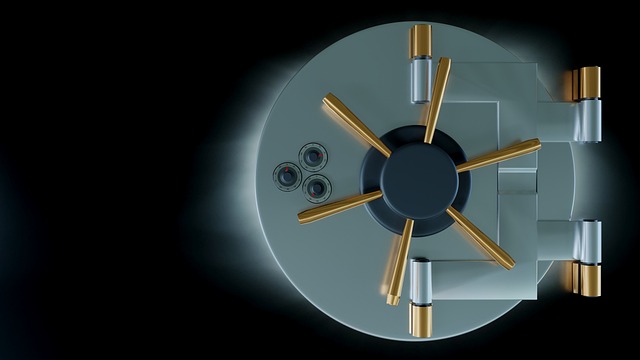Manufacturers use industrial blenders to change raw materials into valuable products. These materials may be solid, liquid, or viscous. Industrial blending is a comparatively gentle process. It’s used in the food and chemical industries.
High-Quality Mixing
The quality of any manufacturing product is mainly dependent on the mixing process. Industrial blenders are designed to provide high-quality mixing for many materials. This makes them ideal for the pharmaceutical, electronics, chemical, food processing, and more industries. These machines can save production time by creating a consistent mix faster than manual methods. They can also be used for more precise mixing, such as in manufacturing candies and other sweets. When choosing an industrial blender, look for one suited to the material you’re producing. Aim for high-quality blade design, stainless steel construction, and a powerful motor. Then, ensure your team has the proper training to use this equipment efficiently. This includes checklists or other documentation to minimize human error and improve efficiency. This will help reduce mixing times and labor costs per batch.
Reduced Waste
While many people think about the blender on their kitchen counter when they hear “industrial blender,” there are multiple kinds of industrial mixers with specialized features, sizes, and capabilities. The blender types’ diversity makes this machine essential to manufacturing. For example, making sauces requires the blending of carefully proportioned ingredients. The technological PLC control of an industrial blender helps ensure the mixture is blended at the right speed and in time. Preparing syrups is another important use of an industrial blender. This process involves mixing raw materials with various stabilizers to ensure that the food items are preserved and safe to be transported and sold. An industrial blender allows this to be done quickly and efficiently so the process can continue without delay. The wide selection of shapes and sizes available for industrial blenders makes it easy to find one that will perfectly fit the needs of a particular application.
Increased Productivity
The point of business is profit, and while there are many benefits of running a company, such as personal fulfillment, employee satisfaction, and the economy, only those things can happen with profitability. To generate profits, companies must keep their productivity levels high. While many factors contribute to productivity, one way to boost production is by using industrial blenders. The most common industrial blenders are large tanks capable of continuously mixing large batches of manufacturing materials. The blending process involves combining raw materials and subjecting them to specific regulated conditions to create a reaction between the materials. Unlike the kitchen blenders most use at home, these machines are designed for heavy-duty operations and come in various sizes, capacities, and extra features. For example, some models include paddle switches and dials, while others are electronic with an easy-to-read digital display. The blender you choose depends on what kind of work your company will do with the machine.
Reduced Labor
Industrial blenders are powerful machines that can save companies time and money when mixing materials. They can also reduce the risk of injury and increase productivity. Blenders come in a wide variety of shapes and sizes, all of which are designed and built to fulfill specific industry requirements. These include blending solids, liquids, and diverse mixes, including granules, coarse powder, and sticky or even abrasive material. Typically, industrial blenders are made of stainless steel, primarily used for the food and beverage, cosmetic, or pharmaceutical industries, as these require high hygiene. However, industrial mixers that don’t need to be fully hygienic can be made of cast iron or aluminum. Industrial agitators are used for liquids that must be constantly churned, and ribbon blenders have paddles that rotate around a central axis. There are also v blenders that facilitate better flow for capsule and tablet production through powder mixing techniques.



